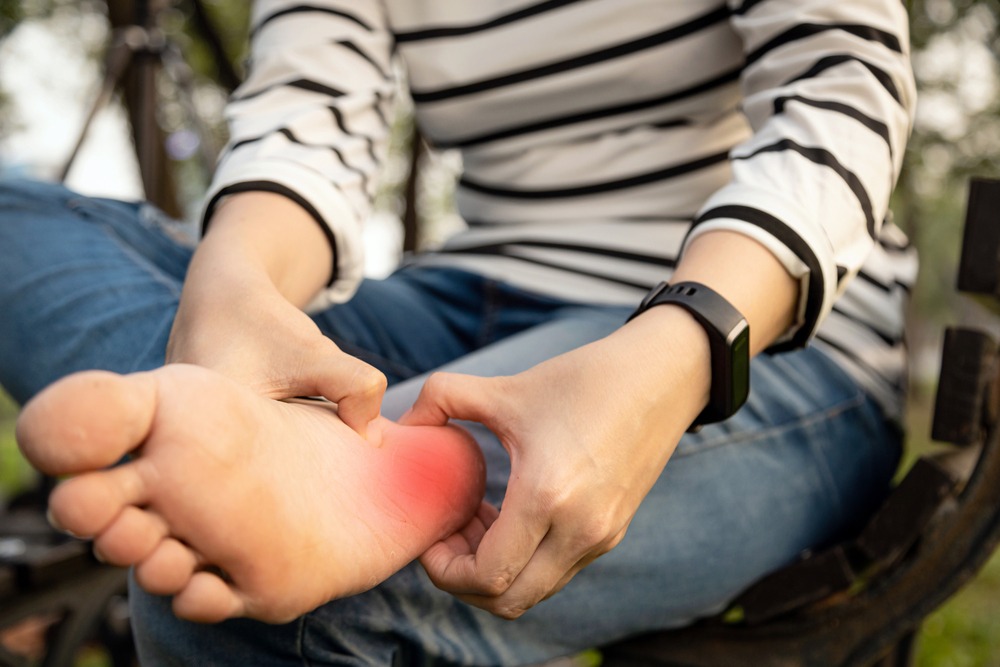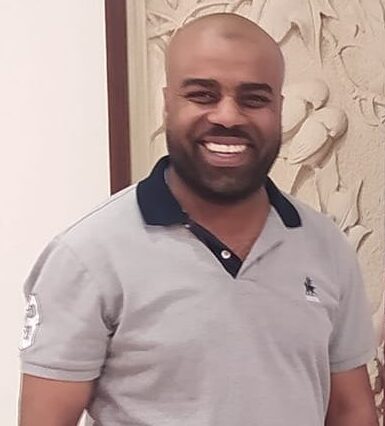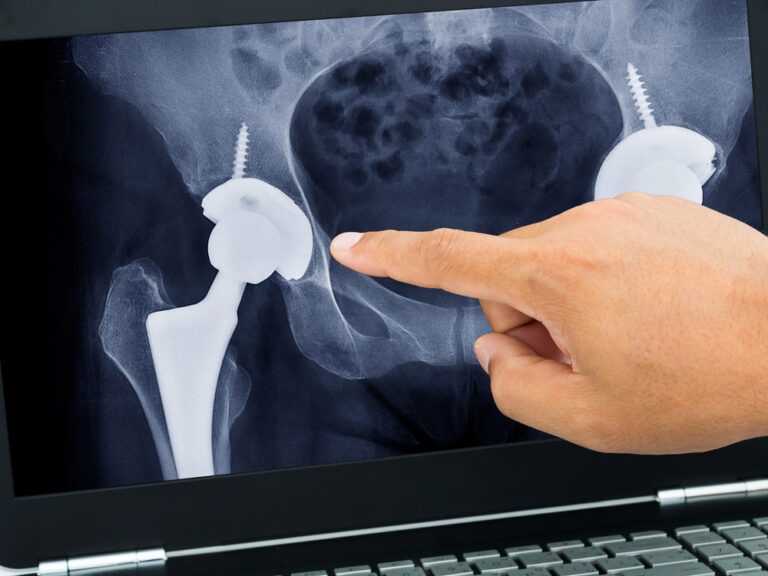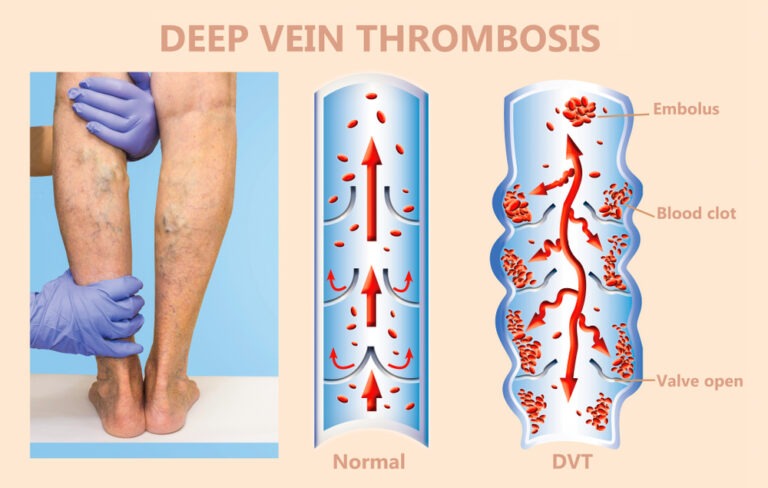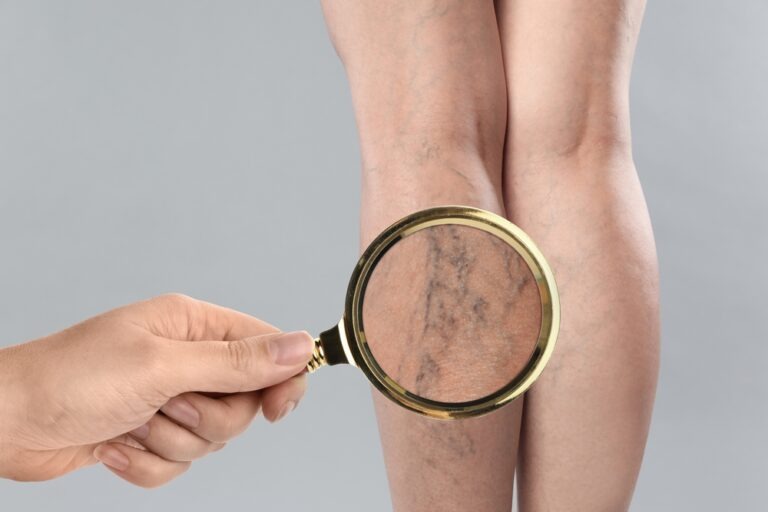The Best Treatment Options
When your doctor diagnose that you have plantar fasciitis, he will apply treatment in a specific sequence of conservative methods.
However, in most of cases, about 90% of plantar fasciitis cases improve within 6 months up to one year with help of conservative treatments. Your doctor or physiotherapist will start by observing your lifestyle to make any possible modifications to give you the best chance of treatment and to gain the best improvement result. This treatment sequence includes:
#1 Modification of Lifestyle & Home Remedies guidelines
Your doctor or physiotherapist will give you some instructions that will help you to relieve the pain of plantar fasciitis and will prevent more stress and inflammation of the plantar fascia. As well as these instructions, you will get medical treatment and will get the best result of improvement until you are cured. These instructions and home remedies include:
- Take a rest and try to modify any activity that applies more stress or overload on your feet, like in standing, walking for prolonged periods. Even that is the nature of your occupation, you have to try taking some short breaks every 30 minutes, to decrease stress as much as possible and let your muscles relax from time to time.
- Avoid walking with bare feet on hard surfaces.
- Avoid any vigorous exercising like running or stretching (overstretch) that may cause micro-tears of the plantar fascia and result in plantar fasciitis.
- Do good warm-ups before engaging in any type of sports and concentrate on warm-ups for both Calf muscles and Achilles tendons. Do good but gradual stretching.
- If you have pain and swelling, your doctor will advise you to apply home remedies like RICE principle:
R Rest.
Take a rest from any activity that continues more than 30 minutes.
I Ice.
Apply Ice for 10-15 minutes to numb pain and decrease inflammation.
C Compression.
Coinciding with the Ice applies compression by using medical socks to decrease swelling and improving blood circulation in the foot bottom region.
E Elevation.
Elevate your affected foot above the level of the heart when you lie in the supine position to prevent pooling of blood and to drain the swelling and to enhance healing.
#2 Conservative Treatment Methods:
Some effective Medications
Your doctor will prescribe medications to decrease pain and inflammation like analgesics and anti-inflammatory drugs (NSAIDs) like ibuprofen or naproxen sodium.
Physiotherapy, Orthosis and Splints
- Orthosis and Splints. Your doctor or physical therapist will advise you to wear a suitable type of orthotics like night splints to stretch your tight Achilles tendon while you sleep at night. As he may prescribe other types of orthosis like heel pads or shoe insoles according to your case, which can distribute the pressure of the bodyweight and decrease the stress on plantar fascia as much as possible.
- Physical therapy. If your symptoms don’t decrease with medications and home remedies, then your doctor may advise you to take some sessions of physical therapy for the plantar fasciitis coinciding with taking your medications especially if there is any condition or injury of your feet or ankle joint that make more stress and make the symptoms of plantar fasciitis worse. Some most common cases need physical therapy intervention besides plantar fasciitis to gain the best result of improvement:
- Flat foot (pes planus)
- Highly arch foot (pes cavus)
- The tightness of Achilles tendon or Calf muscles
Physical therapy includes using pain relief modalities like Ice, as well as using modalities to increase circulation and enhancing the healing like laser therapy or ultrasound.
As your physical therapist will start therapeutic exercises with you gradually after some sessions and after the decrease of pain.
The leading role of physical therapy is represented in returning of the foot ankle, and to get the best performance of the physical function by enhancing the body biomechanics of those parts.
Therapeutic exercises include stretching of tight muscles and tendons like Calf muscles and Achilles tendon, strengthening exercises of weak muscles like that muscles located in the bottom of the foot like in flat foot condition, or that muscles located in the volar part of the foot and dorsiflexion muscles which is weak in conditions like highly arched foot (pes cavus).
Physical therapy helps you to make a balance between your muscles and body parts to gain the best performance of the movement with the least stress and pain by giving you the best quality of life.
Medical Procedures (Nonsurgical Procedures):
Often if you try the previous options of conservative treatments and you didn’t gain anything, then the second step will be applying another possible medical procedure option. Which typically include:
- Extracorporeal shock wave therapy (ESWT). This procedure can be conducted by the doctor or the physical therapist. The mechanism of these shock waves in treating plantar fasciitis is by making a microtrauma in the plantar fascia, which stimulates and reactivate the healing process within in the cells of that plantar fascia and within the surrounding bone and soft tissues.
That will stimulate the body to remove the damaged cells and to increase the growth of new healthy cells. That process takes from 6 to 8 weeks to get the final result of that treatment.
So, your doctor may prescribe from 5 up to 7 sessions of ESWT for you to gain the best possible outcome.
- Cortisone Injections. If your plantar fasciitis pain doesn’t respond to medications or physical therapy, then your doctor may suggest using a more advanced method, which is the injection of a particular type of steroid in which the cortisone (anti-inflammatory medicine) is injected into the most painful spots of your foot.
This treatment method will decrease inflammation and pain for several months up to 6 months.
In this case, you need a cortisone shot every 6 months. Still, the most common risk of cortisone injections, especially with several shots in one year, will be the risk of plantar fascia rupture.
But there is a method being used recently you can ask your doctor about, which is the platelet-rich plasma injections (PRP). It decreases the pain and inflammation of plantar fasciitis and enhances healing in plantar fascia with less risk of rupture.
- Tenex fast procedure. This procedure is not a surgery, but it is a minimally invasive procedure. Your doctor may suggest if your pain continued for a long time from several months to several years, and it is never responding to all previous treatment methods at least from 6 to 12 months.
Your doctor could do this procedure in outpatient by using the ultrasound imaging to identify the most painful points with making a tiny incision to break down and removing any damaged tissue. But before you have got treated by this method, you have to ask your doctor about any possible side effects or complications arising from this method.
#3 SURGERY (Plantar Fasciitis Release)
This method is rare to use in plantar fasciitis. But this will be the final decision of your doctor to treat your condition. But you have to know surgery is the last option after exhausting all previous conservative and nonsurgical methods.
But you have to know the surgery has some complications that include weakening your muscles in the bottom of your foot as weakening of plantar fascia itself.
Surgery includes detaching or making some incisions in the plantar fascia, especially in the heel part, to decrease the tension and inflammation. If you have a heel spur, your doctor will remove it in the same operation.
Before you undergo surgery, you have to ask your doctor about all the possible complications of this surgery.

